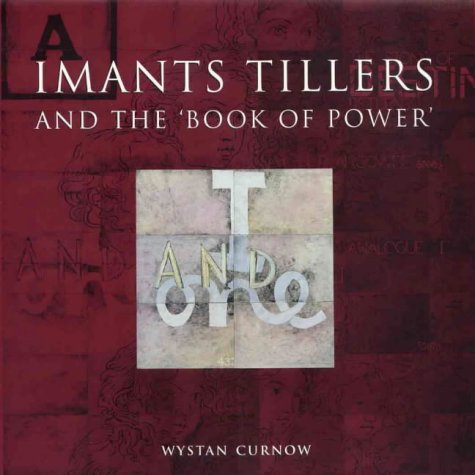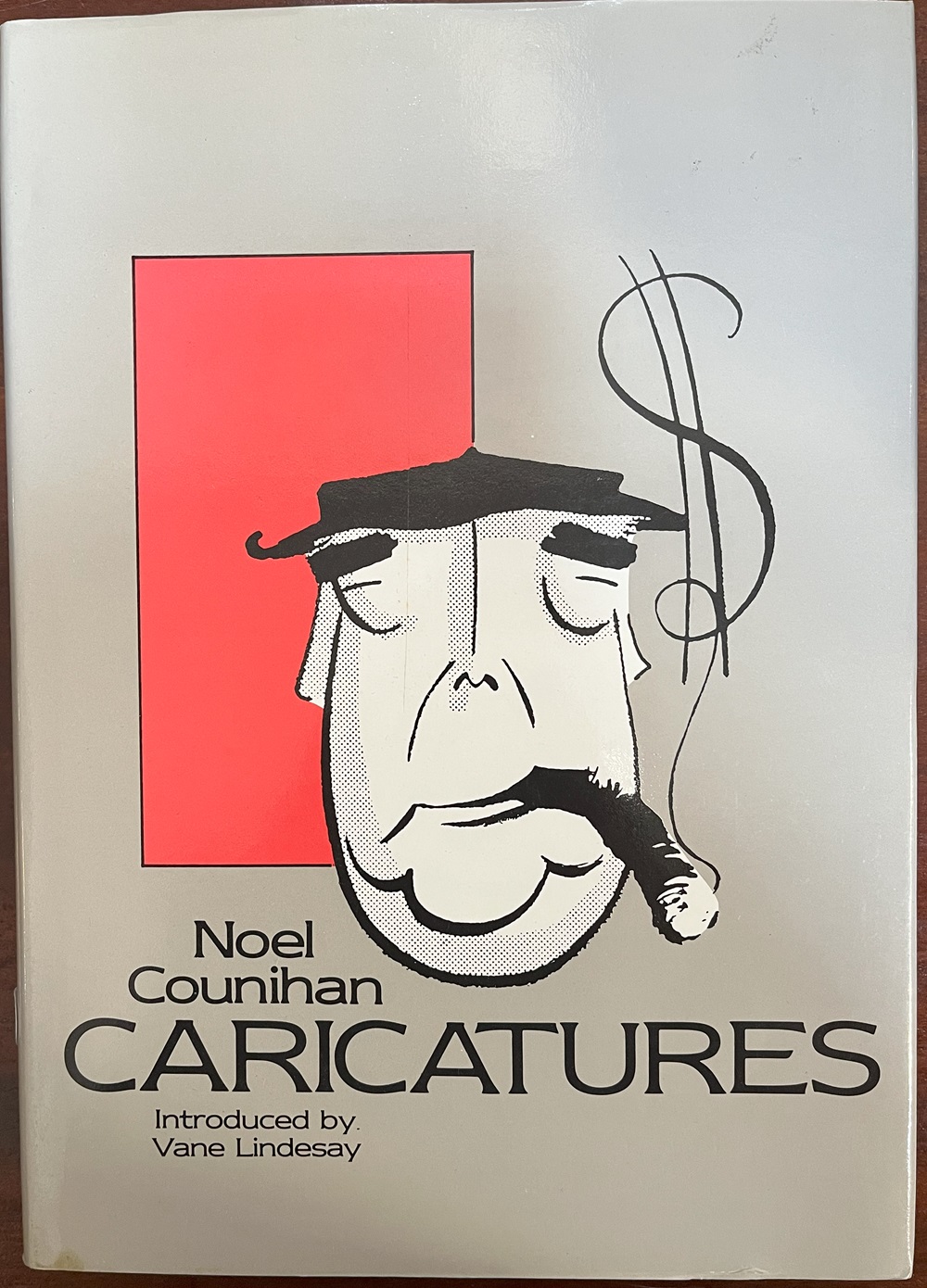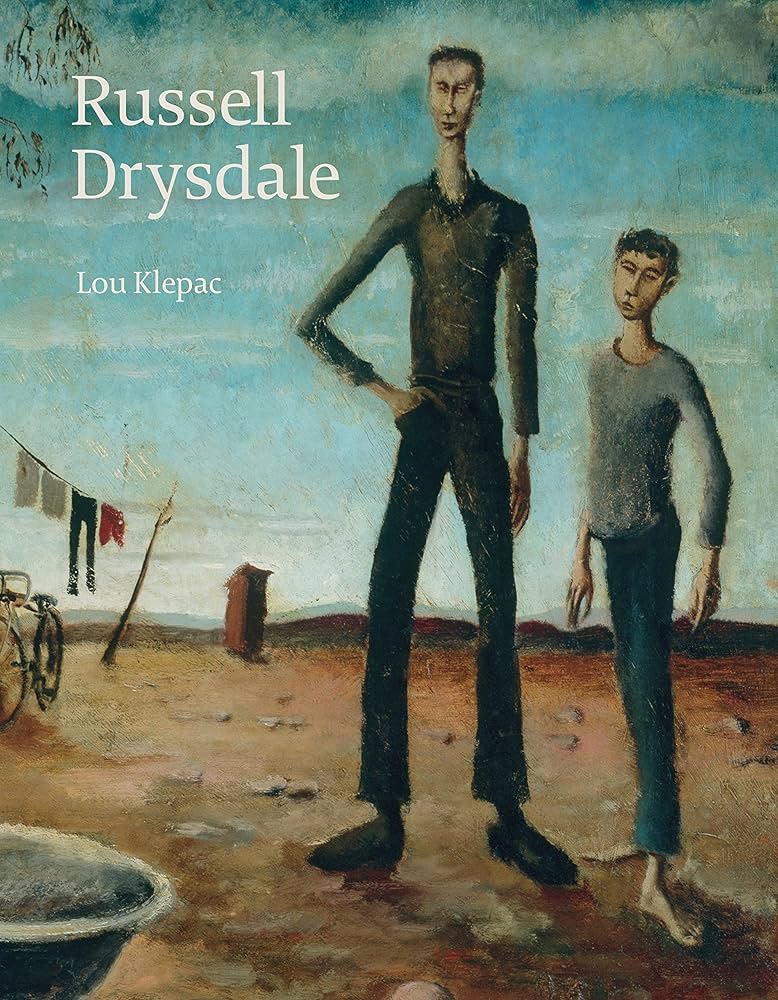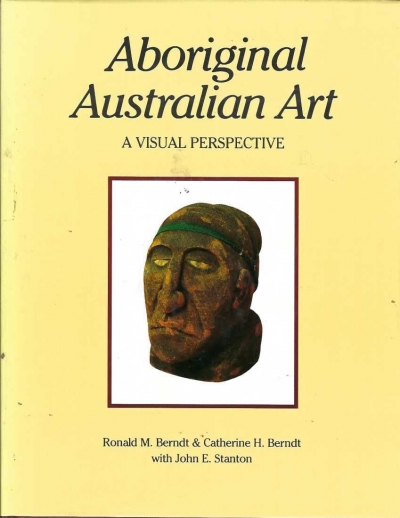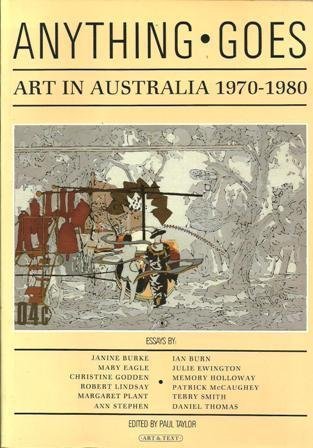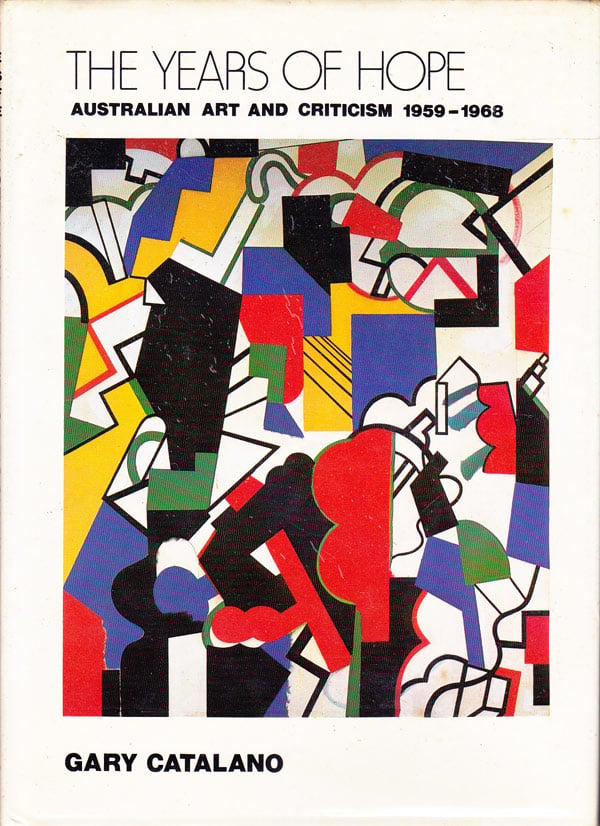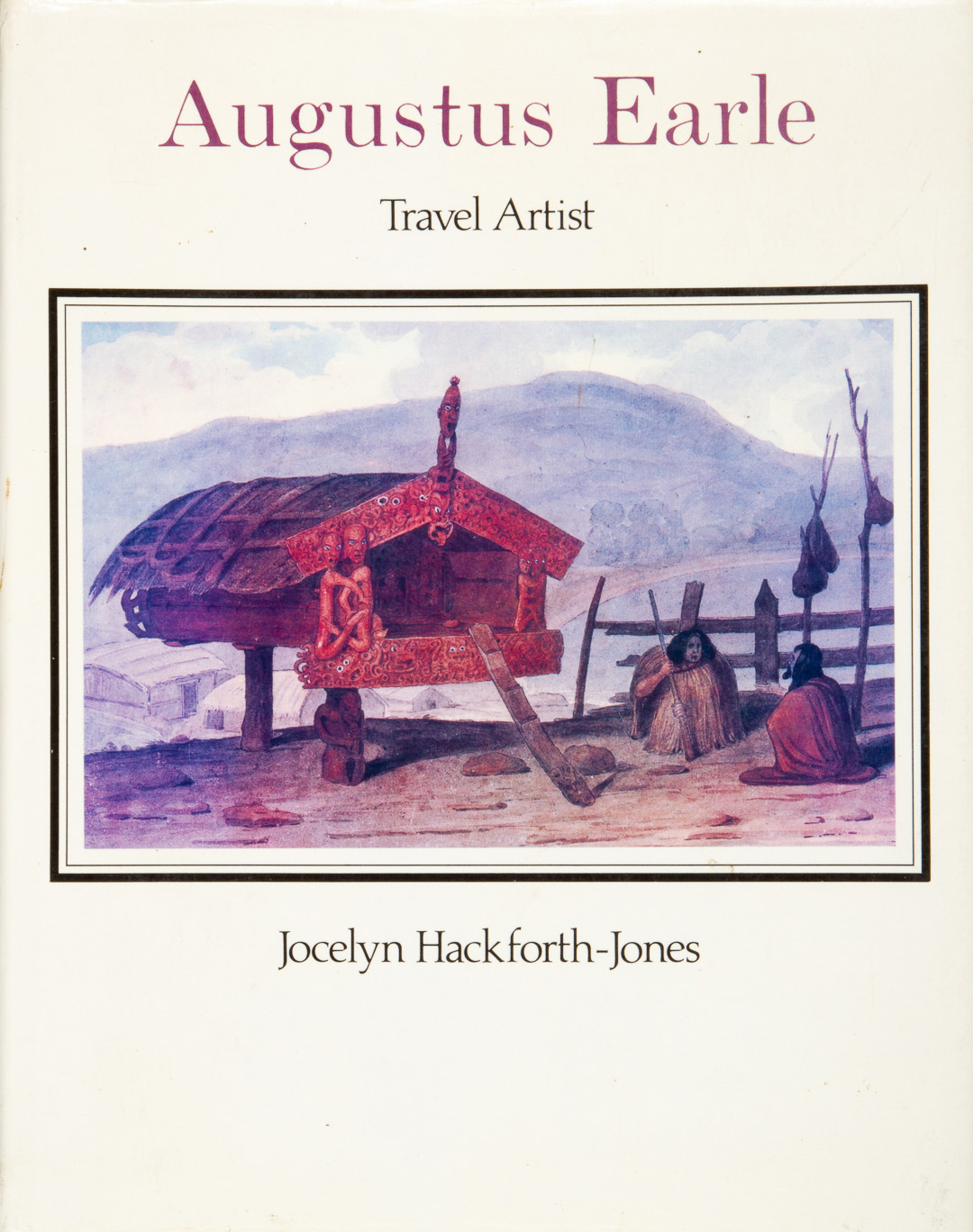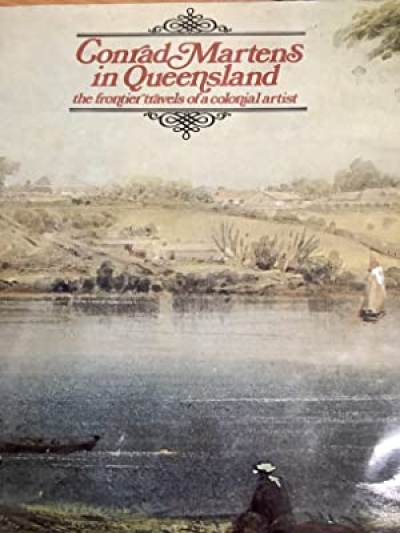Art
Occasionally, we bring you thematic issues. The April issue is a good example, the first half being devoted to art and art history. This seemed timely, because of the abundance of major publishing in this area and the energy and controversy generated by current debates about the genre.
... (read more)'The National Gallery of Victoria – A New Partnership with ABR' by Dr Isobel Crombie
This issue marks the start of a new feature for ABR, with covers reproducing some of the finest Australian photographs held by The National Gallery of Victoria (NGV). ABR is a journal that critically engages with a broad range of creativity, so it seems fitting that it should also highlight photography, a medium that is not only one of the leading art forms of the modern era but also an area in which Australian artists consistently excel.
... (read more)Imants Tillers and the Book of Power by Wystan Curnow
Imants Tiller is one of the most distinguished of Australia’s postmodern generation of artists. Just about every trendsetting exhibition within Australia throughout the 1980s had a Tillers piece on centrestage, and his inclusion in internationally touring shows then and in the 1990s has been a matter of course. His commercial success has matched his fame and his prodigious output. But Tillers’s high profile and fashionable appeal are contradictory phenomena. For an artist whose work is declaratively derivative – brashly quoting, awkwardly imitating or strategically appropriating other artists’ imagery – Tillers has nonetheless managed to develop a signature effect in his working method which is inimitable.
... (read more)Caricatures by Noel Counihan, introduced by Vane Lindesay
Noel Counihan’s Caricatures is a splendidly designed book: in this respect another success for Vane Lindesay who has received several national awards for book design. The succinct and pertinent introduction is followed by eighty Counihan caricatures, each of which is effectively isolated in the stark white space of a separate page, while facing pages carry the emboldened name of the personality depicted and the bare essentials of explanation. Lindesay has chosen caricatures which reproduce well (hence the exclusion of the Argus caricatures, most - of which were originally reproduced in half-tone and are unsuitable for further reproduction). Apart from just looking good, Lindesay’s book design is intelligently helpful, encouraging as it does an aesthetic response to the works reproduced.
... (read more)It is an irony that one of the most European of our painters is regarded, in the popular mind, as being the most characteristically Australian. Drysdale, perhaps more so than any other modern Australian painter, depended on European models: his paintings locate themselves not in the outback but in the European modern tradition – beginning with Cézanne and extending through Picasso, Braque, Modigliani, de Chirico and Tanguy to Henry Moore and Graham Sutherland.
... (read more)Australian Art: A visual perspective by Ronald M. Berndt, Catherine H. Berndt, and John E. Stanton
Remember the 1970s? They are already the subject of an anthology of critical writings in Australian art compiled by Paul Taylor. Modestly described on the back cover of Anything Goes as “Australia’s most written-about art critic”, Taylor has assembled some 16 pieces of previously published criticism from magazines, newspapers and exhibition catalogues. In this anthology we meet most of the big names of the seventies’ art criticism in Australia: Terry Smith, Patrick McCaughey, Margaret Plant, Daniel Thomas, Janine Burke and others. Donald Brook’s often turgid writing on PostObject Art has been omitted though I seem to remember that his criticism was considered important and influential at the time.
... (read more)The Years of Hope: Australian Art and Criticism 1959–1968 by Gary Catalano
Gary Catalano’s book, which I admire greatly, is a readjustment. His standpoint, so far as I can tell, is an ideal he has of what might be the suitable creative situation for artists, and he reviews the 1960s with this in mind.
... (read more)The collection of 161 drawings and watercolour paintings by Augustus Earle now in the possession of the National Library of Australia consitutes the greater part of his work to have survived and is, all things considered, the most impressive single component of the Nan Kivell Collection. The son of an American painter and loyalist, James Earl, the young Augustus Earle (born 1793) studied at the Royal Academy London, and developed considerable talent as an artist in portraiture, figure, and landscape painting. At an early age he also developed a disposition for travel and by the time of his death in 1838 was one of the most widely-travelled artists of his time, having visited the Mediterranean, South America, Australia, New Zealand, the South Atlantic island of Tristan da Cunha, the Pacific Islands, South-east Asia, and India. One of the last of the travelling artists to work extensively in the days prior to the introduction of photography, Earle’s work constitutes an invaluable record of life on many of the frontiers of European expansion. Because his training was an all-round one he has left us not only a varied picture of exotic landscape but also many vivid illustrations of colonial life, and of native life and custom in Australia, New Zealand and elsewhere.
... (read more)Conrad Martens in Queensland by J.G. Steele & A few Thoughts and Paintings by Ted Andrew
I don’t quite know what to make of J.G. Steele’s dull, parochial catalogue of sketches and watercolours by Conrad Martens. The ‘frontier travels’ of one of our better colonial artists should, you expect, make interesting copy – especially when the artist in question happened to be prolific and the area of his travels the sparsely settled pastoral area of what is now South-eastern Queensland.


